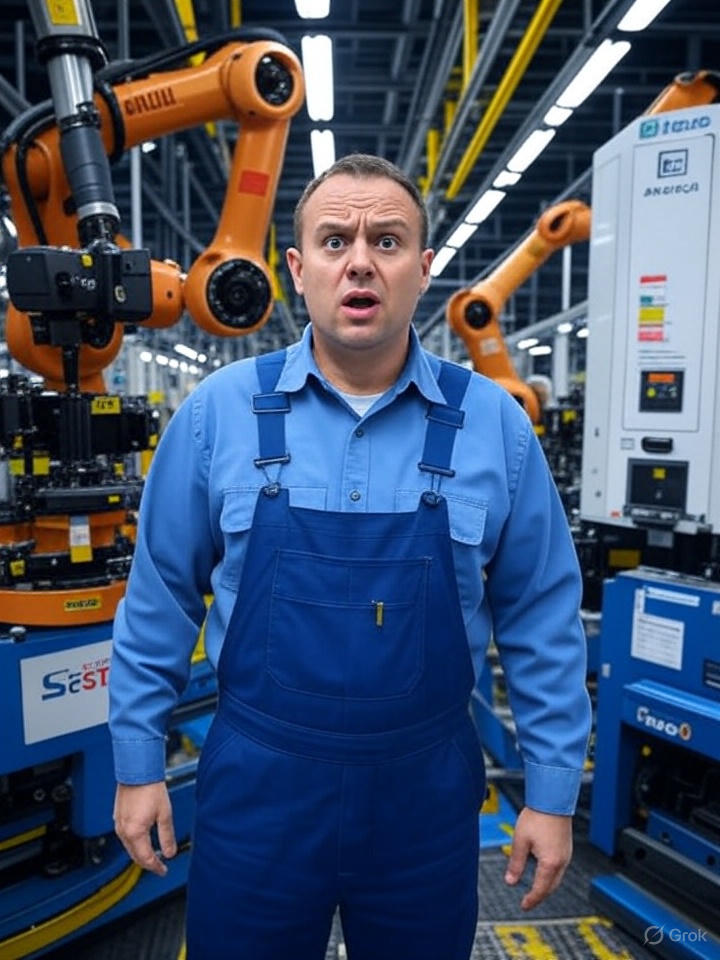Entrepreneurs often underestimate the real risks of building a startup.
Published:

Entrepreneurs tend to be overly optimistic when talking to potential customers, assuming they can build a product and service that will satisfy them. But the journey from idea to final payment is never that simple—it’s filled with risks at every step.
Take industrial robotics as an example. You have to pay upfront for expensive components like robots from ABB or Staubli, parts from Siemens and Sick, and build custom mechanical systems. You need a facility to assemble and test, and if it’s a process machine, you’ll run countless trials to find the right parameters. Issues pop up constantly—from mechanics to pneumatics, control systems, or even the robot itself.
Then comes shipping. I once dealt with a machine that was shipped overseas—when it arrived, it had been soaked in seawater. The entire system was rusted. We had to clean everything and retest from scratch.
Onsite deployment is another challenge. You need support from the customer, but that means dealing with multiple departments—engineering, production, quality, safety, purchasing. Misalignment or delays are common, and expensive.
Even after the machine runs properly, you still need to provide final reports, get customer acceptance (not easy), and then negotiate payment with the finance team—which can be another battle.
Each step carries risk, and any one of them can derail the business. First-time founders often make the mistake of being too optimistic or not thinking far enough ahead.


